Home
Juveniles in Contemporary Society: Understanding Juvenile Justice and Delinquency [Connected eBook]
Barnes and Noble
Juveniles in Contemporary Society: Understanding Juvenile Justice and Delinquency [Connected eBook]
Current price: $199.95
![Juveniles in Contemporary Society: Understanding Juvenile Justice and Delinquency [Connected eBook]](https://prodimage.images-bn.com/pimages/9781543809107_p0_v1_s600x595.jpg)
![Juveniles in Contemporary Society: Understanding Juvenile Justice and Delinquency [Connected eBook]](https://prodimage.images-bn.com/pimages/9781543809107_p0_v1_s600x595.jpg)
Barnes and Noble
Juveniles in Contemporary Society: Understanding Juvenile Justice and Delinquency [Connected eBook]
Current price: $199.95
Size: OS
Loading Inventory...
*Product information may vary - to confirm product availability, pricing, shipping and return information please contact Barnes and Noble
Buy a
new version
of this textbook and receive access to the Connected eBook on Casebook Connect, including lifetime access to the
online ebook
with highlight, annotation, and search capabilities. Access also includes an
outline tool
and other
helpful resources
. Connected eBooks provide what you need most to be successful in your law school classes.
Juveniles in Contemporary Society: Understanding Juvenile Justice and Delinquency
is an authoritative and well-crafted introduction to today's Juvenile Justice system. Using a thematic framework that supports analysis, the authors provide an integrated approach to topical coverage. Through clear writing, an interdisciplinary selection of sources, and thoughtful themes, authors Saundra D. Trujillo, L. Thomas Winfree, Jr., and Carlos E. Posadas illuminate the roles of history and theory in shaping today's juvenile justice system. Helpful pedagogy consistently supports understanding, retention, and review.
Professors and students will benefit from
:
Diverse author team who bring a variety of backgrounds and perspectives to the text.
Theoretical Reflections boxes that integrate overarching themes throughout the text.
Comparative and international insights grounded in the content of each chapter, with I
nternational Perspectives
boxes included throughout the book.
Understandable historical review of both juvenile justice and juvenile delinquency.
Compelling vignettes that open each chapter, raising questions about the themes to be explored, illustrating basic concepts, and fueling class discussion
Helpful graphs and tables illustrate the key topics.
Excellent Critical Thinking questions at the end of each chapter.
Unique chapters that are key to the study of Juvenile Justice today
Chapter 5, Understanding Delinquency: Theories of Race, Ethnicity and Gender
and
Chapter 12, Race, Ethnicity, and Gender: Highlights from Recent Research
explore the impacts of social constructions like gender, race, and ethnicity on youths' interactions with the justice system.
Chapter 6, Delinquency Prevention
addresses prevention and intervention from both philosophical and practical perspectives, discussing what works and what does not work and some of the reasons behind program success or failure.
Chapter 11, Juvenile Probation and Aftercare
provides thoughtful and in-depth discussion of this often-overlooked topic.
Chapter 13,
Youth Gangs and Violence
highlights a national issue and shows how theory can inform research and how research can inform both policy and practice in the juvenile justice system.
new version
of this textbook and receive access to the Connected eBook on Casebook Connect, including lifetime access to the
online ebook
with highlight, annotation, and search capabilities. Access also includes an
outline tool
and other
helpful resources
. Connected eBooks provide what you need most to be successful in your law school classes.
Juveniles in Contemporary Society: Understanding Juvenile Justice and Delinquency
is an authoritative and well-crafted introduction to today's Juvenile Justice system. Using a thematic framework that supports analysis, the authors provide an integrated approach to topical coverage. Through clear writing, an interdisciplinary selection of sources, and thoughtful themes, authors Saundra D. Trujillo, L. Thomas Winfree, Jr., and Carlos E. Posadas illuminate the roles of history and theory in shaping today's juvenile justice system. Helpful pedagogy consistently supports understanding, retention, and review.
Professors and students will benefit from
:
Diverse author team who bring a variety of backgrounds and perspectives to the text.
Theoretical Reflections boxes that integrate overarching themes throughout the text.
Comparative and international insights grounded in the content of each chapter, with I
nternational Perspectives
boxes included throughout the book.
Understandable historical review of both juvenile justice and juvenile delinquency.
Compelling vignettes that open each chapter, raising questions about the themes to be explored, illustrating basic concepts, and fueling class discussion
Helpful graphs and tables illustrate the key topics.
Excellent Critical Thinking questions at the end of each chapter.
Unique chapters that are key to the study of Juvenile Justice today
Chapter 5, Understanding Delinquency: Theories of Race, Ethnicity and Gender
and
Chapter 12, Race, Ethnicity, and Gender: Highlights from Recent Research
explore the impacts of social constructions like gender, race, and ethnicity on youths' interactions with the justice system.
Chapter 6, Delinquency Prevention
addresses prevention and intervention from both philosophical and practical perspectives, discussing what works and what does not work and some of the reasons behind program success or failure.
Chapter 11, Juvenile Probation and Aftercare
provides thoughtful and in-depth discussion of this often-overlooked topic.
Chapter 13,
Youth Gangs and Violence
highlights a national issue and shows how theory can inform research and how research can inform both policy and practice in the juvenile justice system.
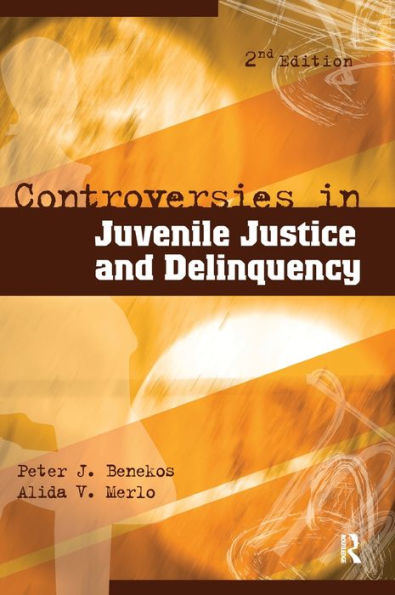
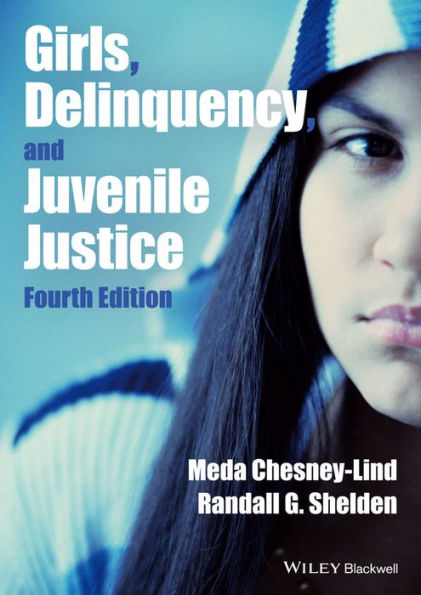



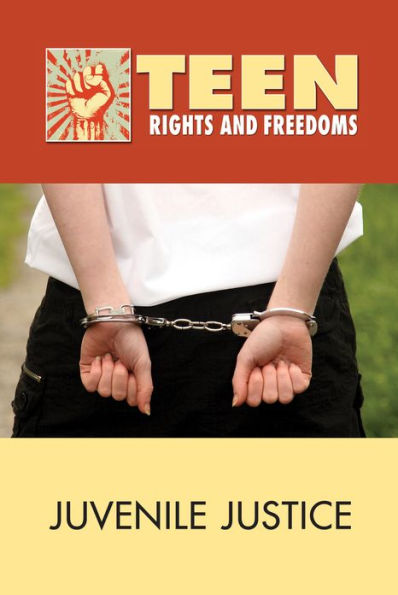
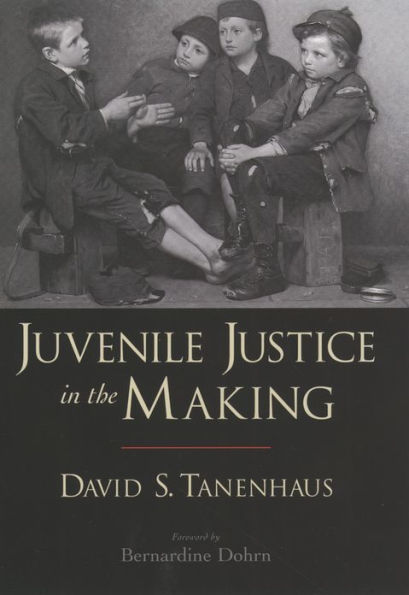
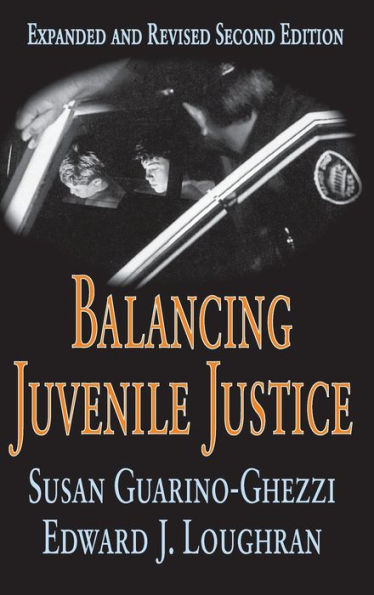
![Information Privacy Law: [Connected eBook]](https://prodimage.images-bn.com/pimages/9798886143355_p0_v1_s600x595.jpg)
![Legal Writing and Analysis: [Connected eBook with Study Center]](https://prodimage.images-bn.com/pimages/9781543858518_p0_v1_s600x595.jpg)
![Evidence: A Structured Approach [Connected eBook with Study Center]](https://prodimage.images-bn.com/pimages/9798889062639_p0_v1_s600x595.jpg)






